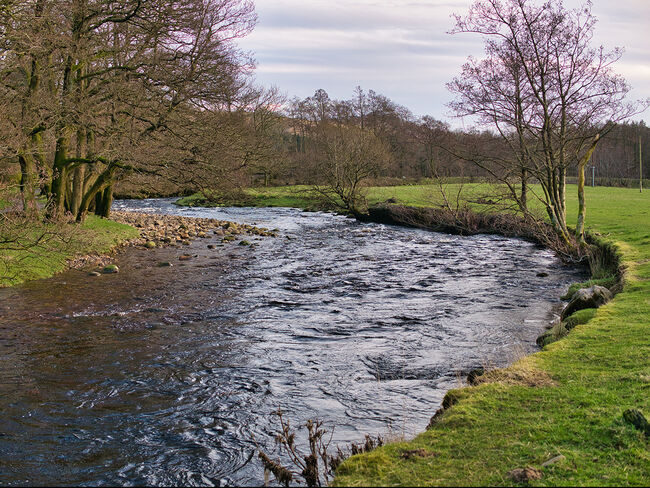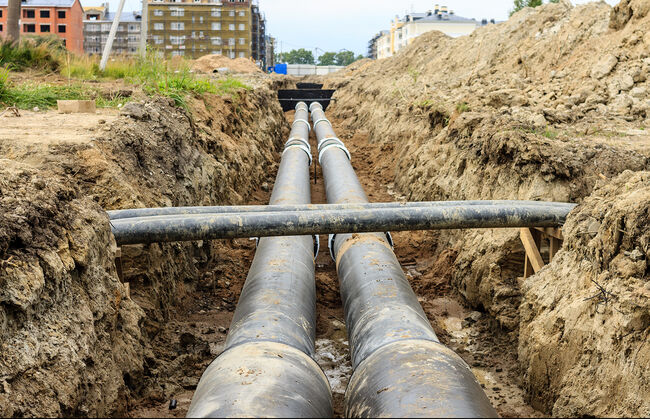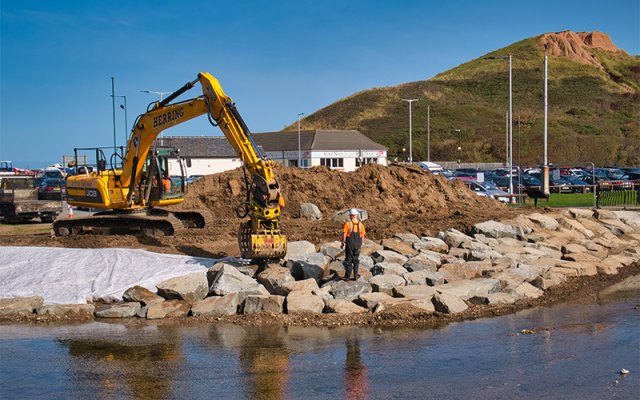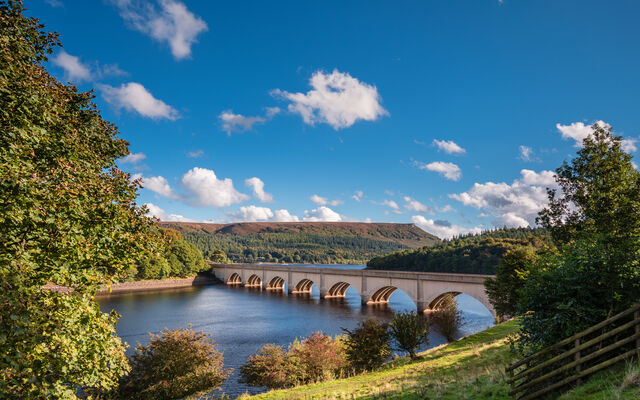Views
Making the Most of the Levelling Up and Regeneration Bill
Unblocking Housebuilding, Protecting Rivers, Supporting Agriculture and Funding Nature
It has been half a century since England last managed to build the 300,000 new homes government says we need each year. Those 50 years of failure – with their consequences of inflated prices, reduced opportunity, and debilitating commutes – have had profound consequences for quality of life, particularly for young people. Yet announcements this year by Natural England make that problem worse by effectively blocking a further 100,000 homes from going ahead.
To be fair to government and regulators, these new restrictions aim to deal with a problem that is serious and urgent – the presence of far too many nutrients in rivers, which are killing wildlife and strangling habitats. Nutrients are the number one cause of rivers failing national ‘water framework’ standards, so new action is essential (including by water companies, which are the second biggest source).
However, in choosing, as that action, the prohibiting of new homes, regulators have completely thrown builders and officials, who have been scrambling for months to find a way of restarting construction within the rules.
Unfortunately, that scrambling has produced a blunt solution that won’t solve the problem for nearly a decade, cost bill payers much more money than it needs to, stymie the growing practice of using markets and partnerships, and prevent the generation and restoration of habitats.
Via an amendment to the Levelling Up and Regeneration Bill (LURB), New Clause 77, government intends to prescribe not only that water companies should take action (which we support), but that the solutions must (without exception) lie in rebuilding sewage works with new concrete and steel - rather than creating woodlands, reed beds and wetlands that can be faster, more effective, and cheaper - and are always much better for nature. Reflecting the complexities of industrial design and permitting, the deadline set in legislation is a distant 2030.
This seems like an unintended consequence. We’re asking government to make a small change to their amendment that could unlock tens of thousands of homes years sooner.
The challenge

Both sewage treatment works and agriculture are large contributors to nutrient pollution in rivers and lakes. Nutrients such as nitrates and phosphates can damage ecosystems by promoting the growth of algae and weeds, which is why, in designated ‘Habitat Sites’, developments must now be ‘nutrient neutral’. In other words, they have to show how they will mitigate the added nutrient impact on watercourses caused by connecting more homes to existing sewage treatment works.
Defra argues that, because sewage treatment works are the second biggest source of nutrients, it is logical that efforts are targeted at those works. However, their blanket approach of specifying not just ‘what’ should be achieved (tons of nutrient to be removed from a river) - but also ‘how’ this should always be done (via specific engineering solutions at sewage works), means we are going to miss some huge opportunities for farming and nature.
It also means a solution will take years longer than it should – nearly a decade of further stagnation, as opposed to the roughly 18months in which some nature-based alternative schemes can be deployed once approved.
The right solution

Where there are good opportunities for locally-supported, high-impact schemes, the water industry would prefer to use “catchment-based” solutions. These involve partnerships, with water companies paying local landowners or other nutrient-users across the river catchment, normally to deliver nature-based projects, sometimes with funds allocated through market pricing.
Projects could include developing more species-rich wetlands, for example, or supporting farmers and landowners in activities that have wider benefits for soil and flooding, like hedgerow maintenance, use of cover crops, best-practice fertiliser use, and creating riparian woodlands.
Aside from the environmental benefits, this could see farmers and land managers in England benefitting by around £50 million a year, if they were incentivised to contribute to these schemes. That could be worth over £1 billon between now and mid-century.
This won’t work everywhere. Sometimes, concrete and steel upgrades of sewage works will be the only answer for removing enough nutrients to allow a river to thrive. And it’s important that landowners are not funded just to meet the minimum legal obligations that they should already be reaching.
But partnerships will often be better solutions, while also providing long-term sources of funding for nature, farming and land managers – with regulators continuing to monitor obligations to ensure rivers really benefit.
Time to rethink

The LURB in its current form contradicts the government’s own ambitions for nature, and directly runs against the UK’s nature agencies’ commitment to “drive public and private investment in nature-based solutions”.
We need the Government to look again at their amendment, and we need to hear from ministers that they are committed to enabling catchment-based solutions to all nutrient issues through primary and secondary legislation or through clear guidance.
Without that change, we may lose the possibility of community-led and market-based approaches to nutrients for good. We will instead lock-in the old-fashioned, heavy engineering approach to nutrients - with all the chemical and energy use that goes with it (which, alongside construction costs, could push annual water bills up by as much as £40).
This is a crucial moment for nature and for environmental markets: kickstart them now using water company investment or lose the opportunity to harness this capital once the investment has instead been made in hard-engineering solutions.







